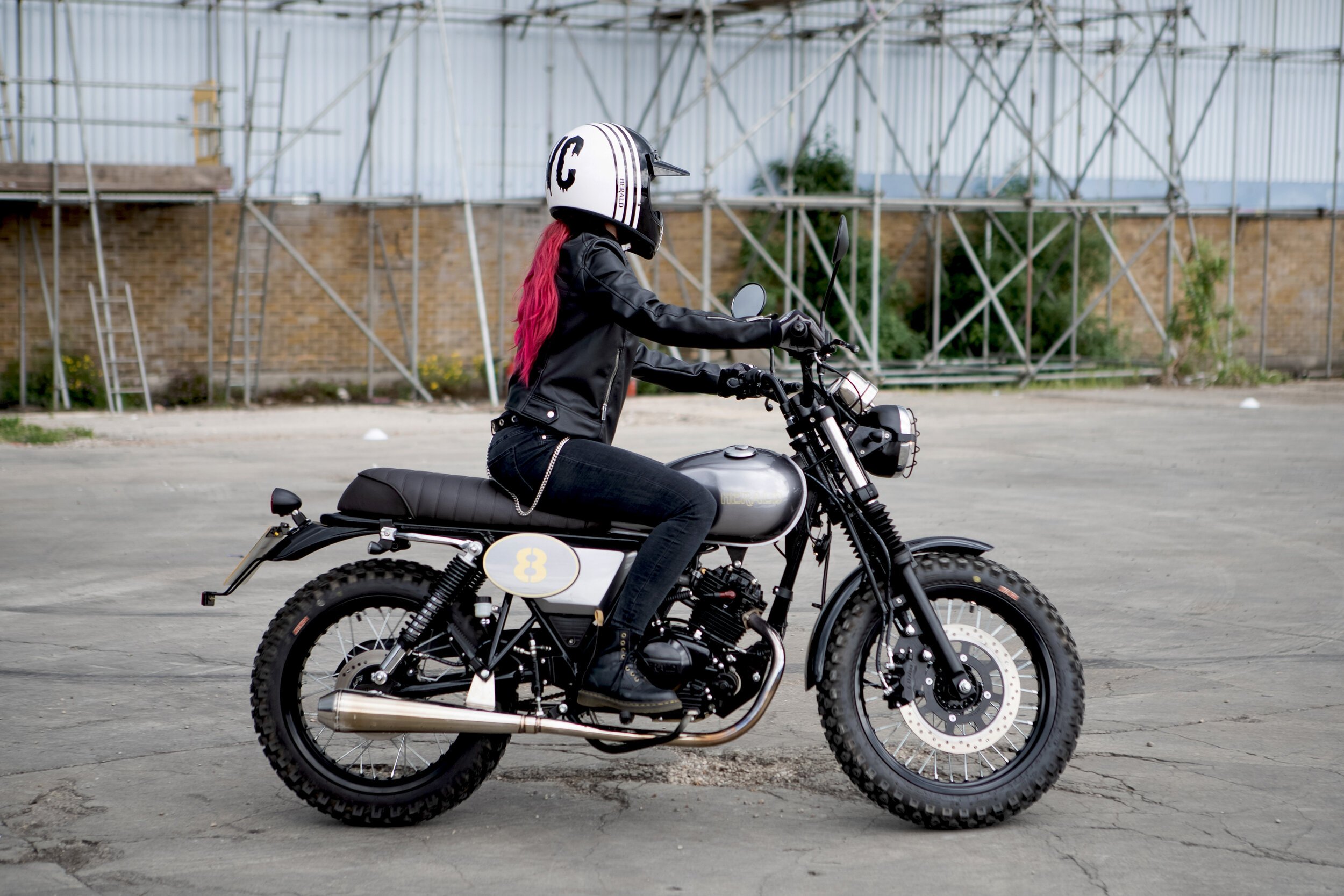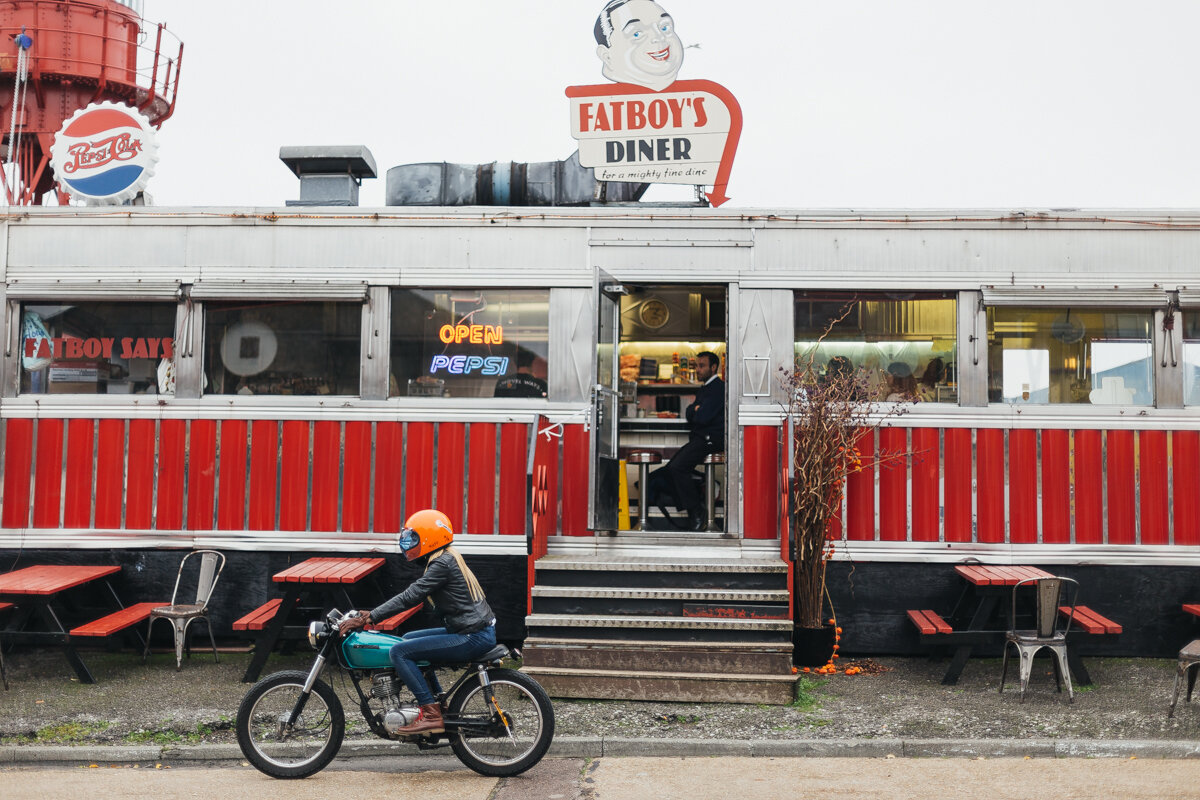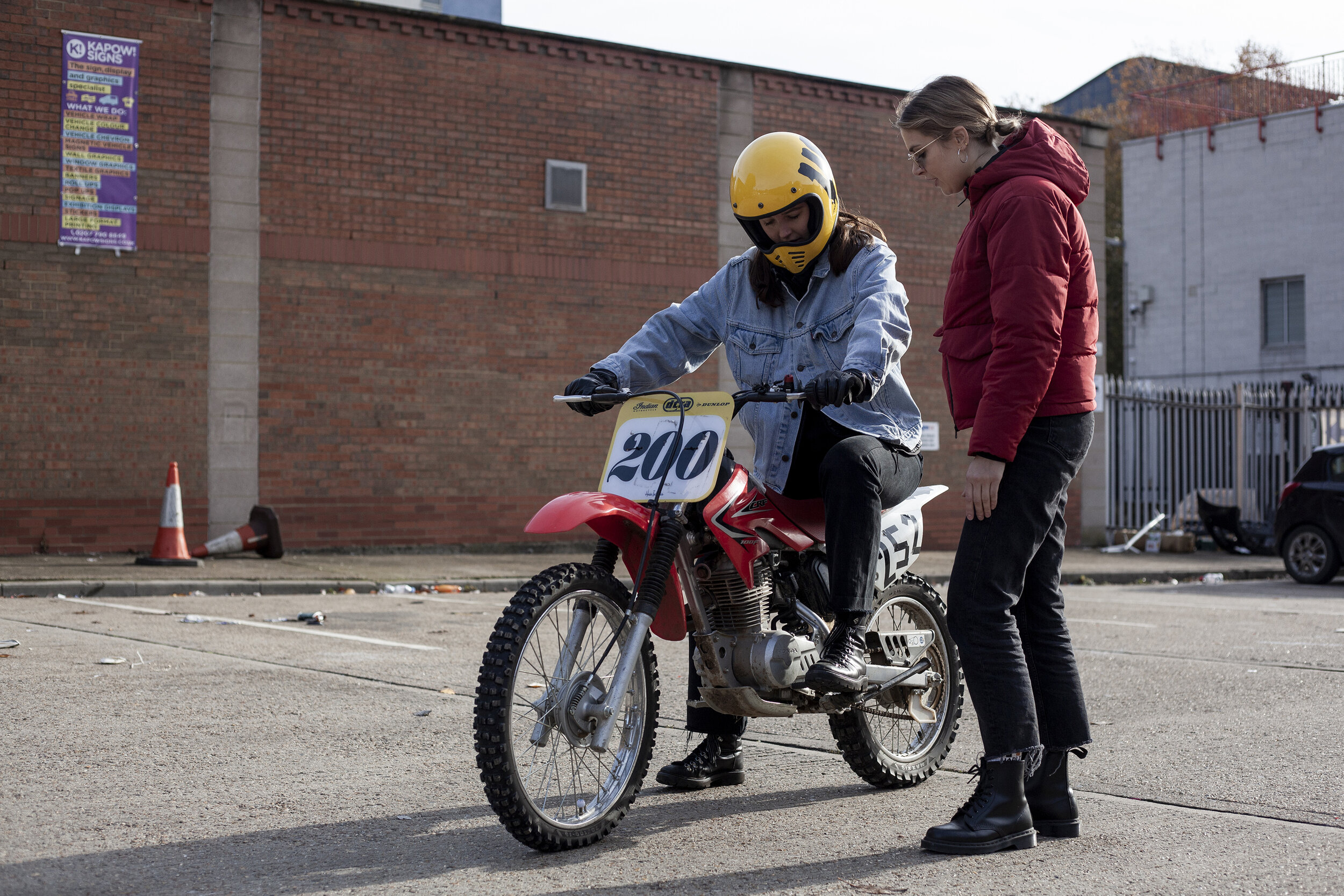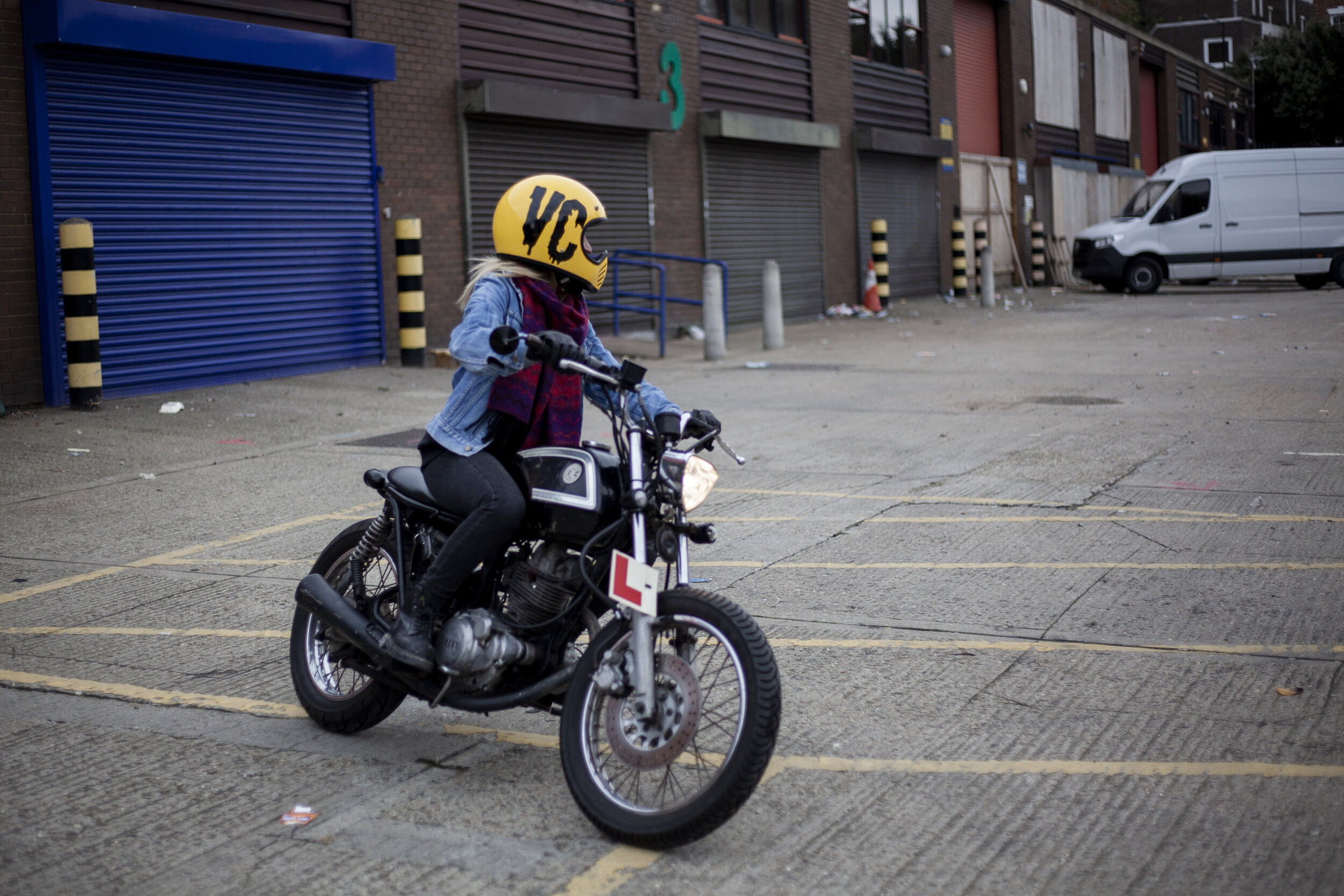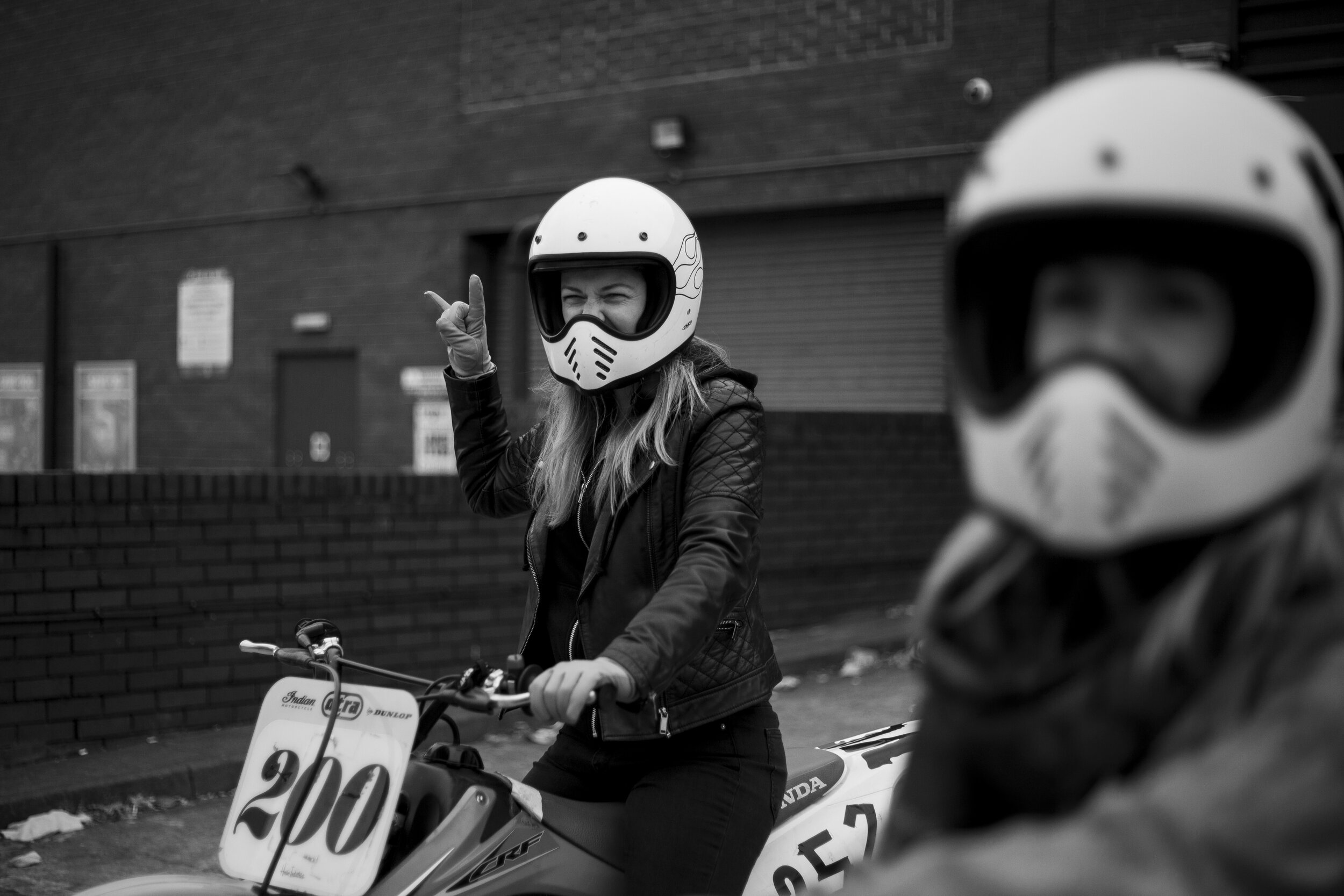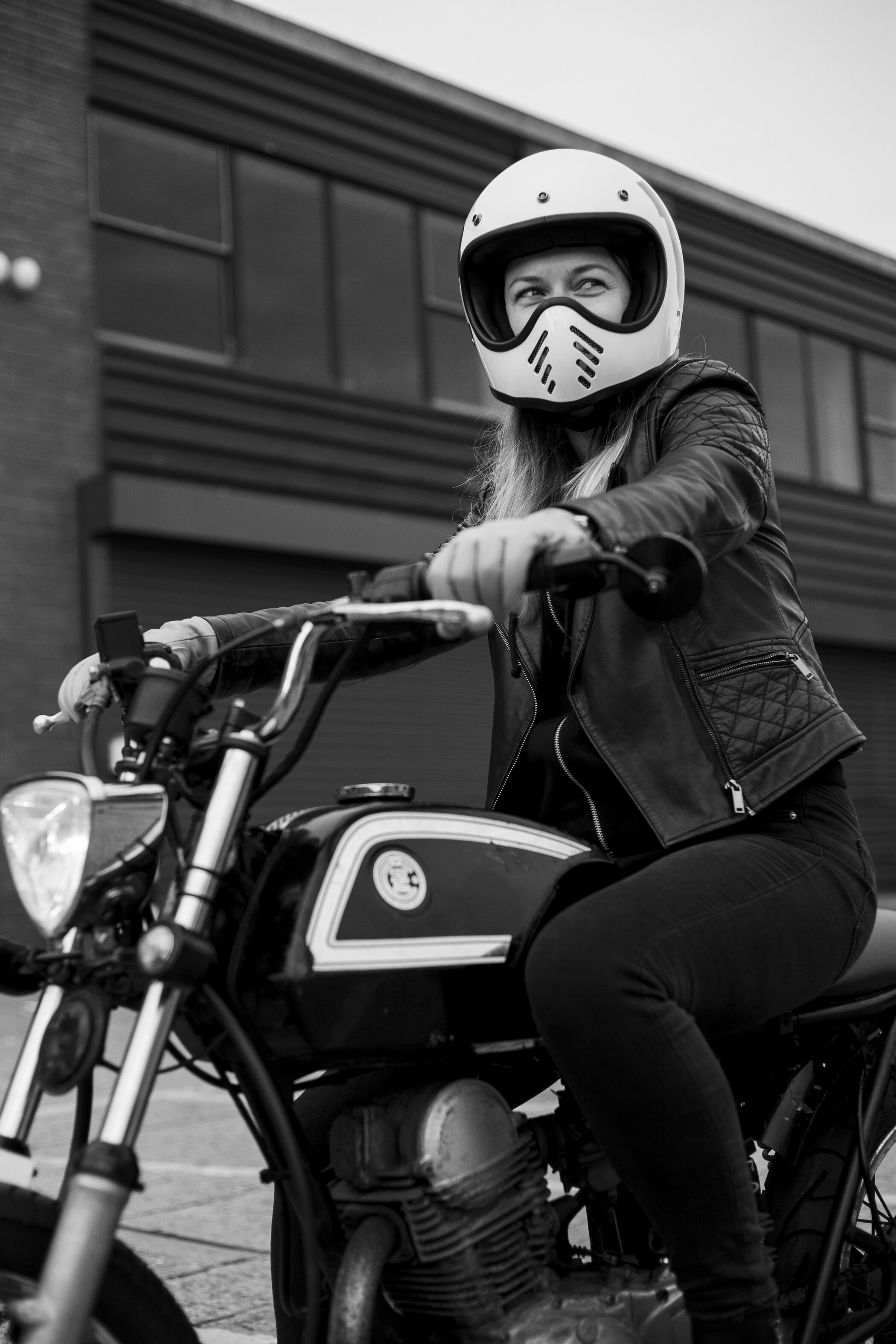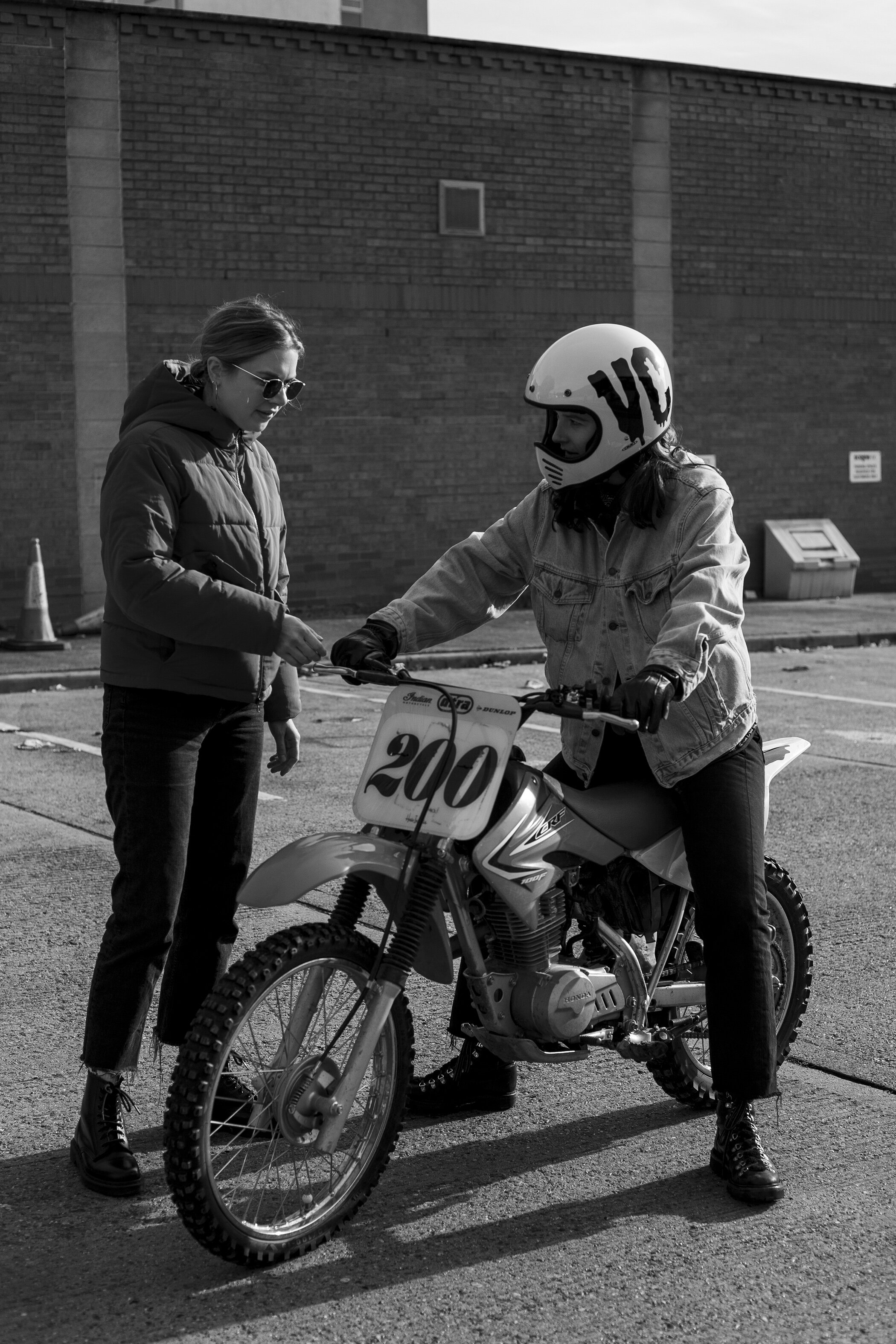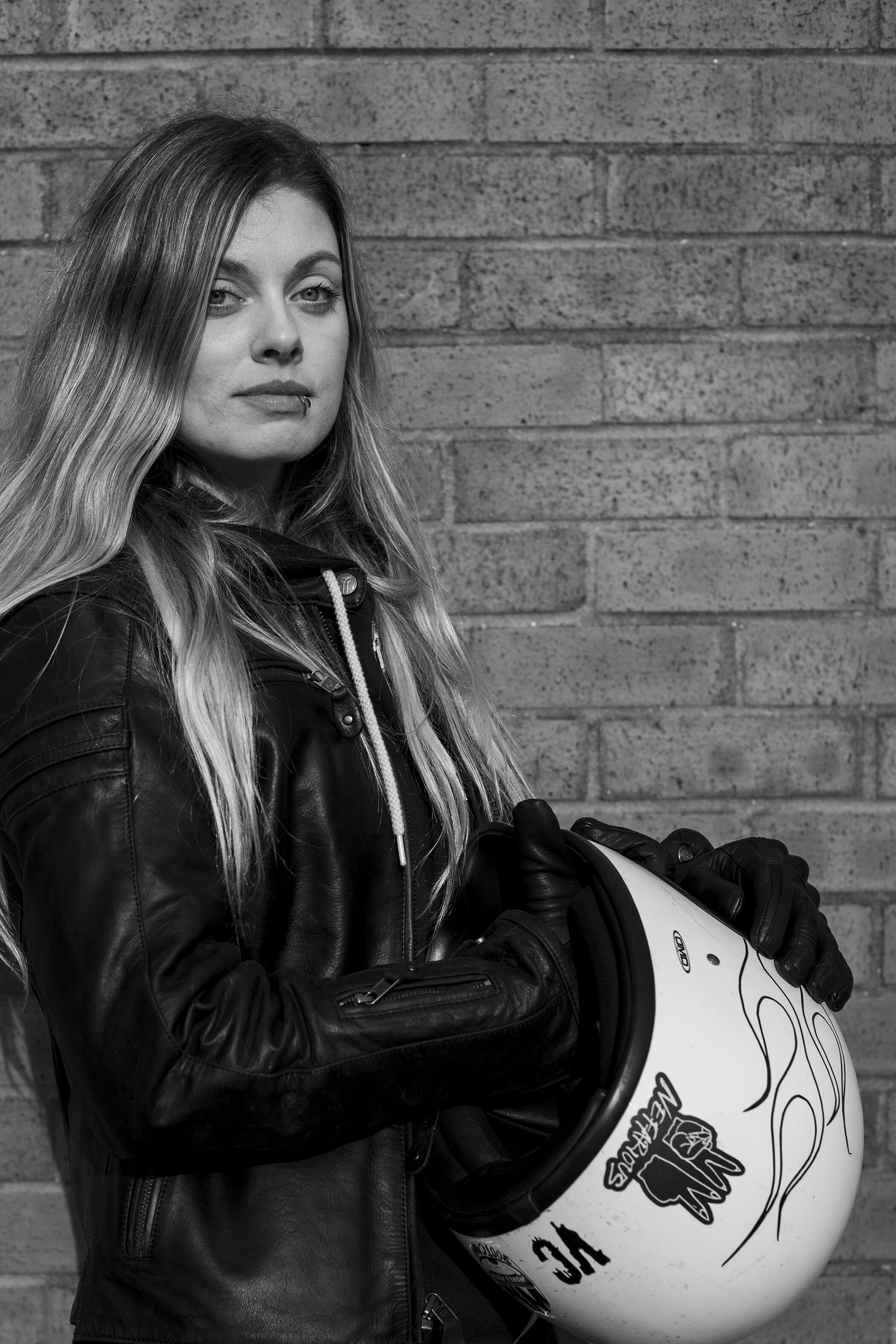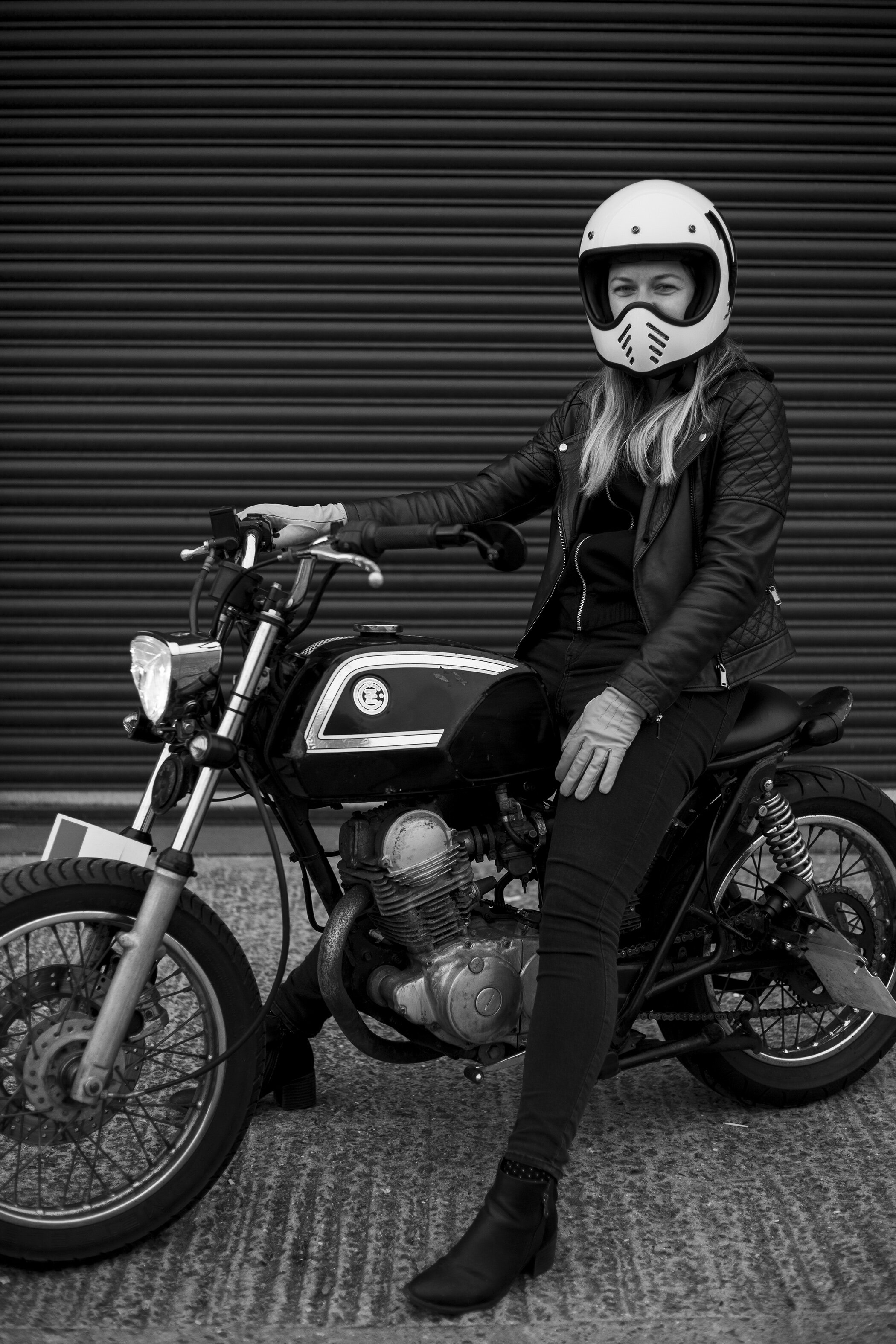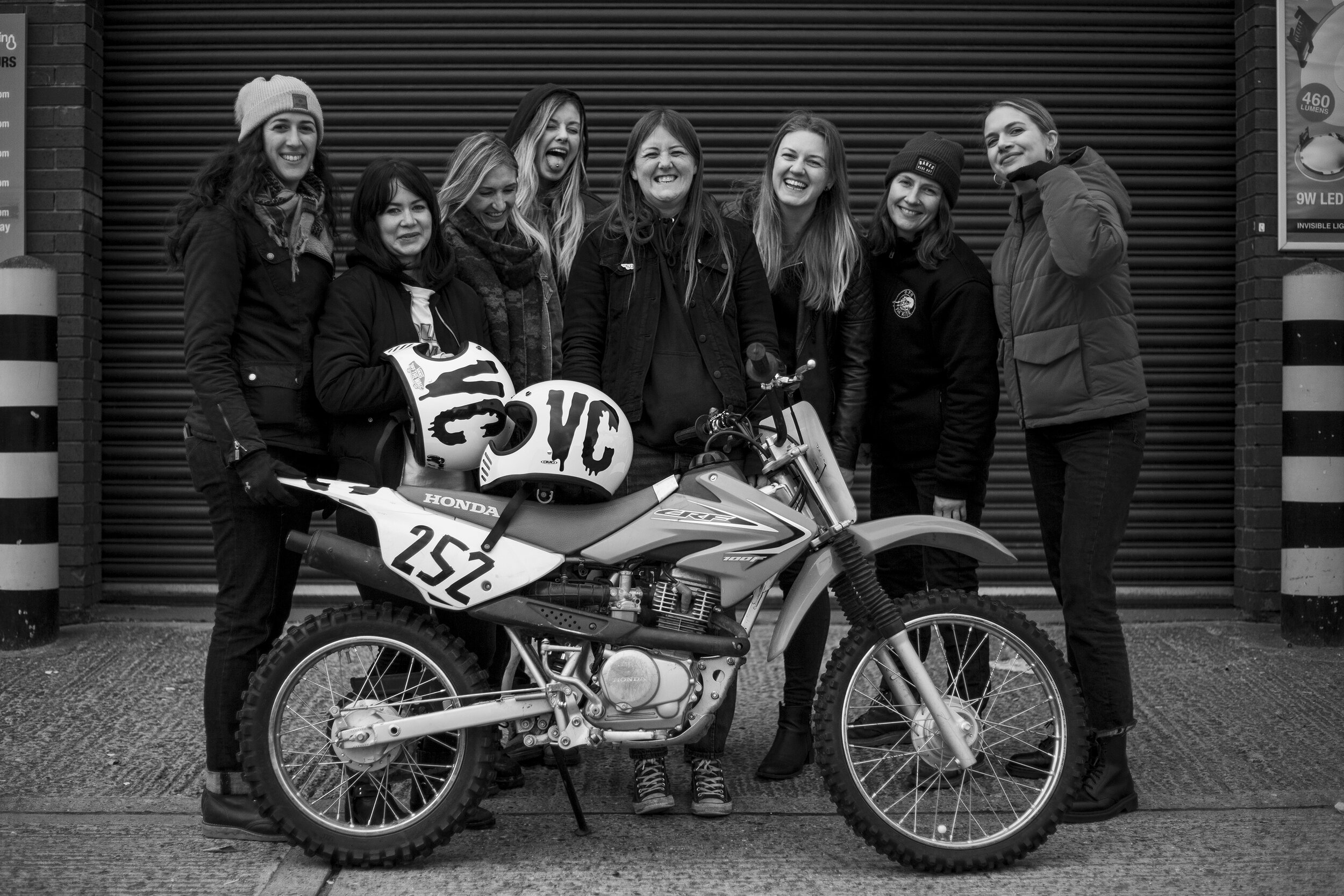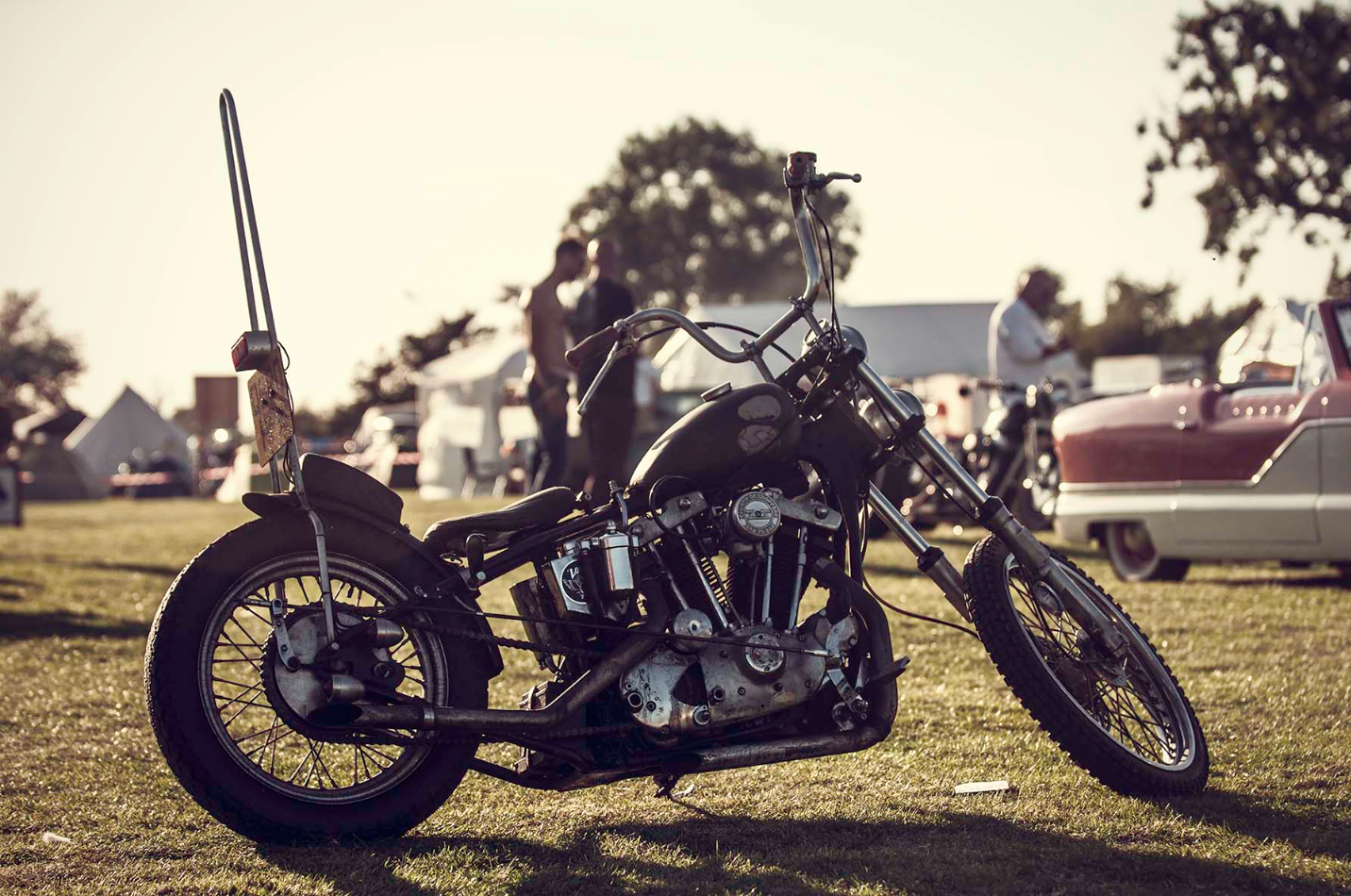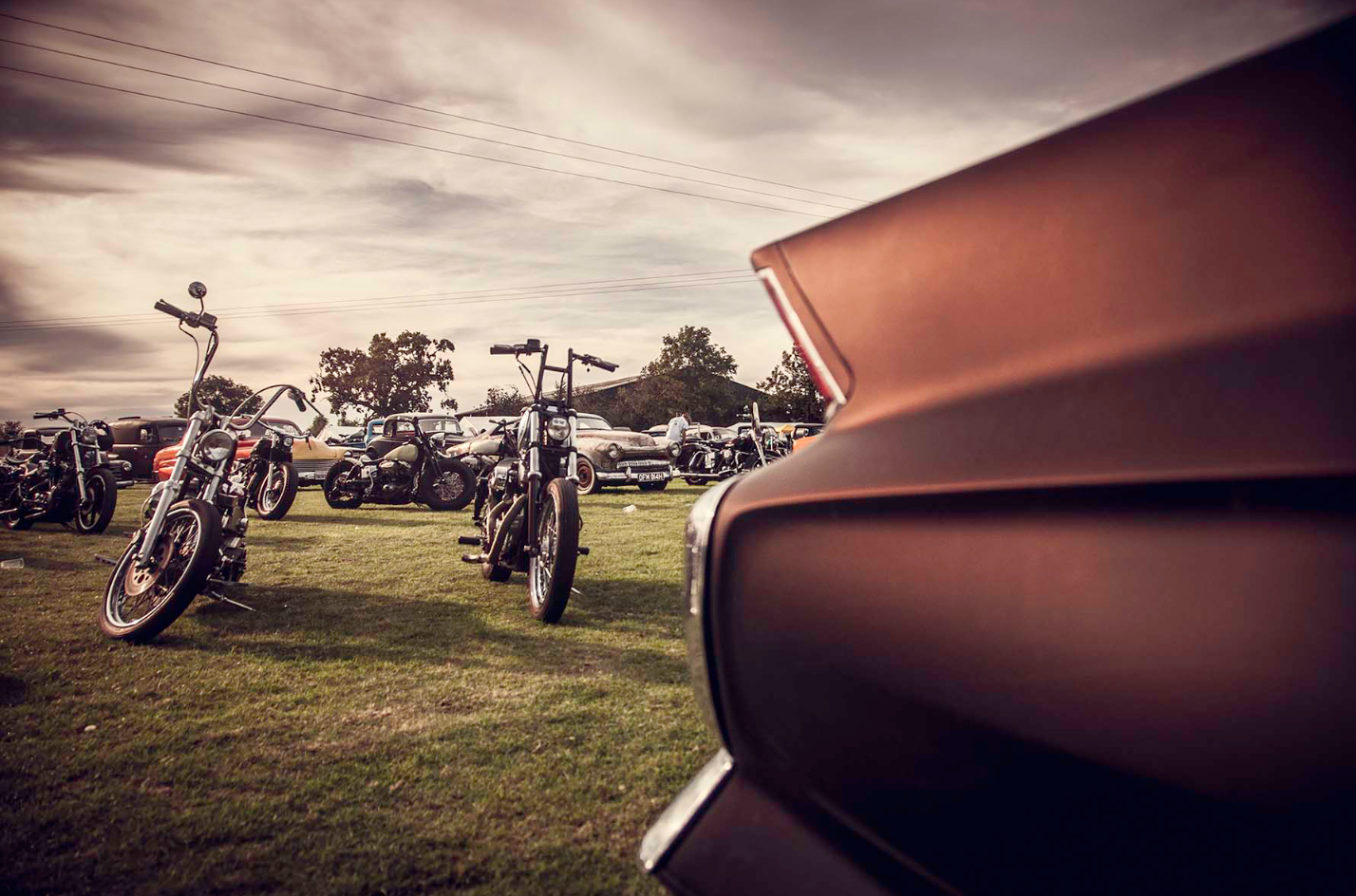Meet one of our awesome Instructors for the VC X Herald beginners’ riding school Claire Davison!
Claire is not only one of the most acest instructors around but she recently became a fully fledged CBT instructor at Phoenix Motorcycle School in London so who better to take you through what it takes to ace your CBT and take those first steps to getting on the road after your session at the VC X Herald school!
_______________________________________
After a summer of teaching lots of awesome women how to ride at the VC Herald beginner classes, along with a summer of learning to teach CBTs with Phoenix Motorcycle Training, I often get asked what to expect on the day of your CBT and how to get through it. With that in mind I’ve put pen to paper to give you an insight into the CBT and how to nail it first time!
I'm not going to lie to you, the CBT course is not easy, the course will last up to 8 hours and there's a lot to pack in, with only a few breaks. Of those 8 hours you'll only get about 3 hours riding practice before we take you on the road for another 2 hours to complete your training and hopefully nail it!
WHAT TO EXPECT:
Element A:
First up there is a 45 minute chat in the classroom about the kit we wear and what it does for us, along with advice on what to buy. There's an eye test at the end of this, so if you do wear glasses make sure you bring them along.
Element B:
A 20 minute chat with the bike, showing you what the controls are and what maintenance we need to do
Element C:
2-3 hours of intensive riding and learning various skills to get you ready for the road. You’ll need to master things like figure of 8’s, u-turns and emergency stops.
Element D:
45 minutes back in the classroom (this is the perfect time to eat lunch) talking about the highway code and how we deal with certain road situations.
Element E:
A 2 hour ride on the road, you'll go out with another trainee and an instructor - you'll have an earpiece and the instructor will be able to talk to you (you can't talk to them). The instructor will need you to prove you've taken on board all of the things you've learnt throughout the day - they're there to guide you and will do so over the intercom (don’t worry about getting lost!).
Remember your instructor will only take you out on the road if you meet the CBT criteria - if you don't you may have to return for further training at further cost. That said – if you don’t feel ready for the road – we’re not going to force you out there!
For more details about the elements of the CBT check this out https://www.gov.uk/guidance/compulsory-basic-training-cbt-syllabus-and-guidance-notes
Still with me? Good!
Here are a few pro tips to ensure that you nail your CBT first time around!
Get a couple of lessons!
If you've never ridden a geared bike before it can be tricky to grasp the clutch control needed for the CBT standard. You don't have much time to nail this on the day so the more practice you can get the better. Most schools offer 1-2-1 classes to get you CBT ready. Have a lesson or two will take the stress of the CBT away and it will also get you used to riding the school bikes! If cost is an issue and you have a mate with a 125 and some private property to practice on – this works too!
Ride a Bicycle!
Balance is important when riding, as is road awareness - getting out on the roads gives you traffic experience so you don't freak out when you go on the road on a motorbike. If you already drive a car, you're halfway there!
Read the Highway Code
Whilst you don't need to know it verbatim it's important that you know what common road signs and road markings mean, these will prepare you and keep you safer on the road. If you've got your eye on your full license do your theory test, it's cheap to do and there are plenty of apps out there to help you study for it.
Wear robust clothing!
Most schools dictate that at a minimum jeans (without rips) and sturdy boots should be worn to your CBT. The boots should cover your ankle (Timberlands or DMs are fine). If you don't turn up with suitable clothing then the school may be able to lend you some - but bear in mind hundreds of people will have worn them before you and most schools do not have a great size range. If you can borrow a jacket and gloves from a mate, all the better. Check the weather forecast and make sure you're warm/cool enough.
Arrive Early!
Most schools advise you to turn up 15 minutes before the start of the CBT. Turn up earlier if you can - before we start we have to make sure you're booked in, license checked and make sure you're kitted out properly. We can have up to 9 students doing a CBT on one day - so the earlier you arrive, the quicker we can start - it's also less stress for you as you have time for a cuppa and toilet break before we get cracking. If you turn up more than 5 minutes after the CBT is started - there's a chance you'll get turned away.
Eat and Drink enough!
I cannot emphasise this enough. Make sure you have breakfast before your CBT or at least bring some lunch with you. Schools will usually have tea/coffee/water available. If you don't eat and stay hydrated - it will affect your concentration and performance significantly on the bike. You won't usually get a lunch hour - but Element D (where we sit and talk about the highway code and the pre-ride briefing) is the perfect opportunity to get some grub down you and ensure you have plenty of energy for your 2 hour road ride!
Note: if I do your CBT I will feed you Haribo/CLIF bars if I have to!
Don’t beat yourself up!
Everyone learns at a different pace, so don't beat yourself up if you don't get it straight away - It's a lot to learn in a day. Take your time and I guarantee you've got this!
VIVIANA GOMEZ MORALES

